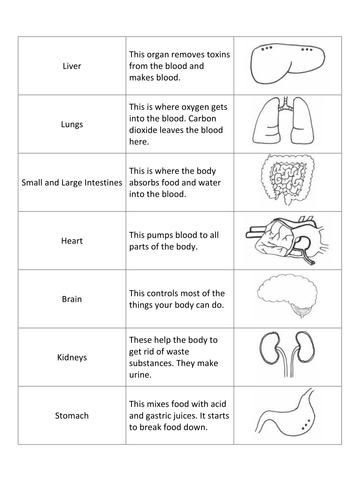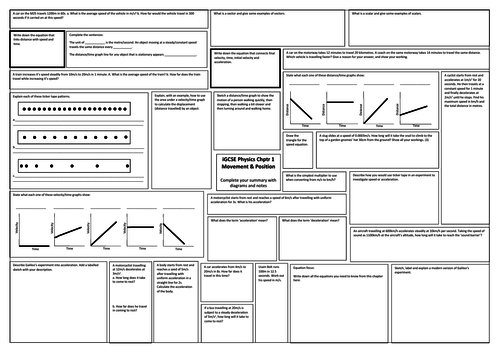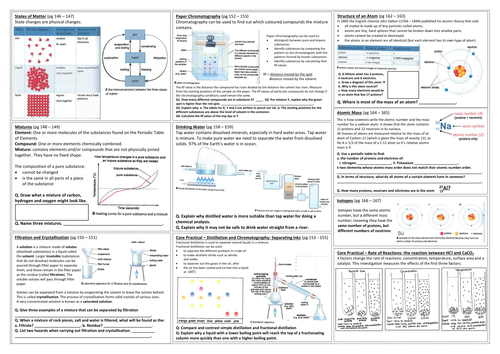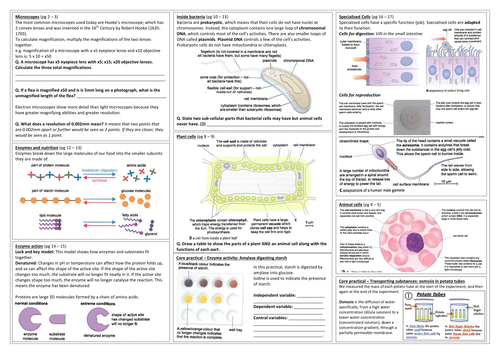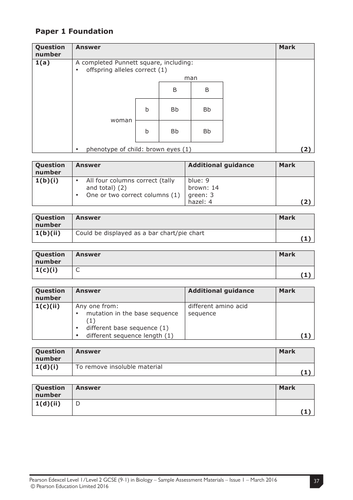Science Success
Welcome to my Resource Shop! I am a secondary Science teacher with a Biology specialism; I teach Biology, Physics and Chemistry to KS3 and GCSE level, and Biology to A-Level. Please enjoy my best tried-and-tested resources, activities, card sorts, games, PowerPoints, revision cards, and other materials that help my students to learn interactively and have fun while doing it. I hope that you enjoy what I have to offer, and keep an eye out, as I'll keep adding more as the days go by.


